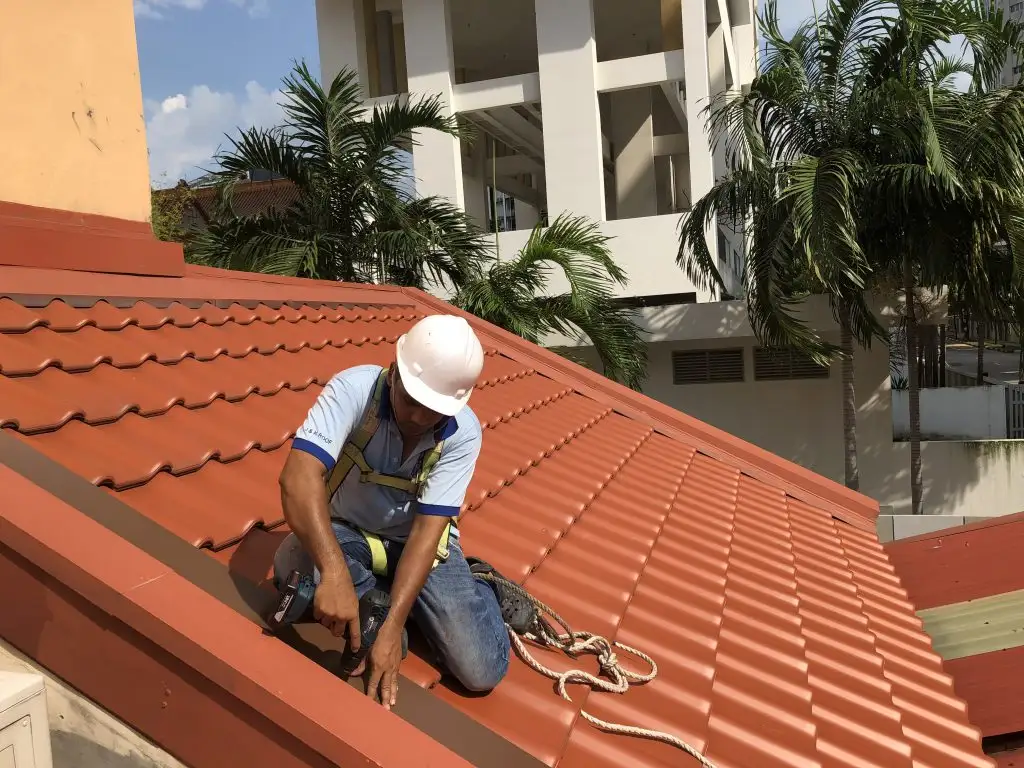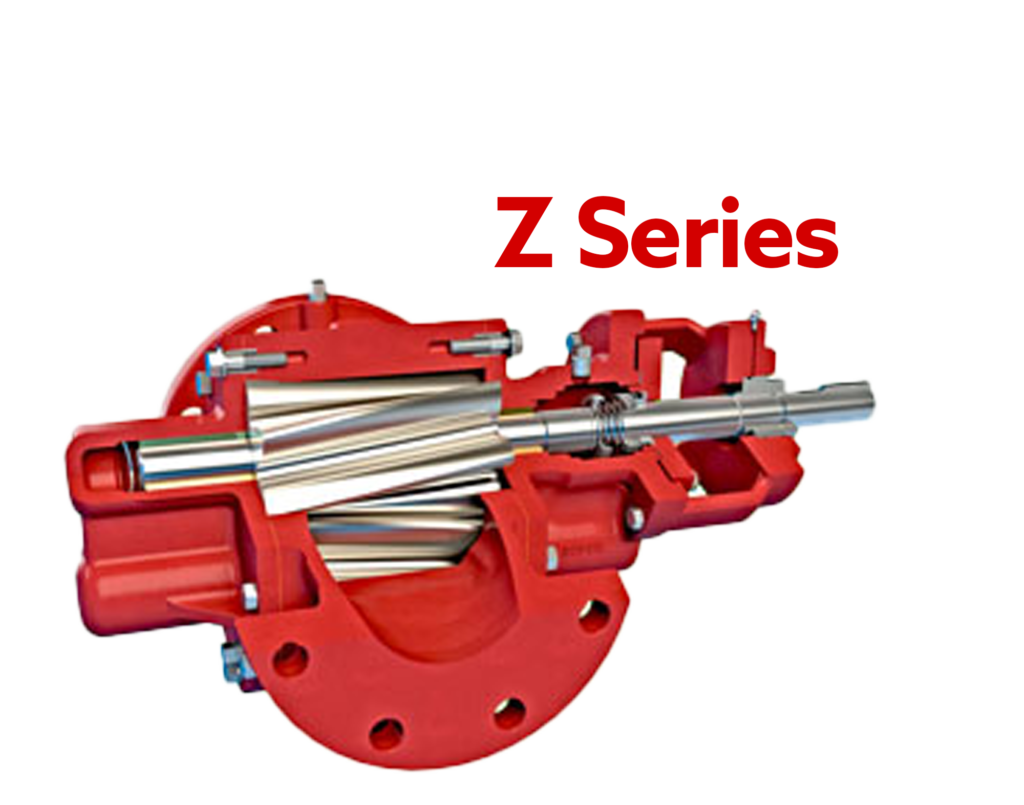How Photovoltaic Systems Work

With the increase in the world’s population as well as the continuous reminding effects of global warming, there is a great demand for a cleaner and more innovative form of energy. This is called renewable energy. Now renewable energy doesn’t deplete, can be accessed from diverse regions of the world and costs less in the long run than other forms of energy. Photovoltaic Systems is an example of a renewable energy system. As the name implies, this system harnesses its power from the sun or solar energy, and in this piece, some common misconceptions about this system as well as its working principles will be discussed.
What are Photovoltaic Systems?
Photovoltaic (PV) Systems or Solar Power Systems as you may prefer are systems which are designed to trap the sun’s energy by means of these photovoltaics and convert that energy into usable power like light energy, electrical energy, mechanical energy, and other energy forms. This conversion is direct and doesn’t involve any other medium. These systems consist of an arrangement of components like solar panels, solar inverters as well as accessories for cabling, installations, etc. These systems come in diverse sizes for different electrical and power capacities and may come with solar trackers and battery solutions.
How the Photovoltaic Systems work
The system’s solar panels absorb the energy from the sun and convert it directly to electricity. These panels are flat and could come in either rectangular or square shapes. The PV System’s panels convert solar energy to DC, and it’s the inverter’s job to change this DC into AC for human consumption. To up the ante, one could decide to use a solar tracking system just to be at a greater performance advantage. Lastly, this produced energy is stored in batteries after conversion, and it can be assessed at any time of the day/night. One common misconception about Photovoltaic Systems is that it is often generalized to give the function of Solar Thermal devices. However, for a reference point, the PV Systems perform just one job, and that is the conversion of the energy from sunlight to electricity.

Where to place the PV Systems
Well, the best location for Photovoltaic Systems would be anywhere with direct access to the sun’s rays. They could be placed on the ground in areas void of tall buildings and trees, or one of the best places for installing them is at the top of a building, this way there is no interference between the solar panels and sunlight.
Several advantages of this system spring forth with sustainability and its contribution to the reduction of greenhouse gases, it is one of the highest sought after sources of power generation. Depending on its quantity, capacity, installation, and size, Photovoltaic Systems can power anything from multiple homes to buildings, skyscrapers, factories, institutions and so much more. Users unlock a great deal of savings on electricity and power bills with these renewable solutions, and the best part is that they can be used wherever the sun shines on planet Earth.





